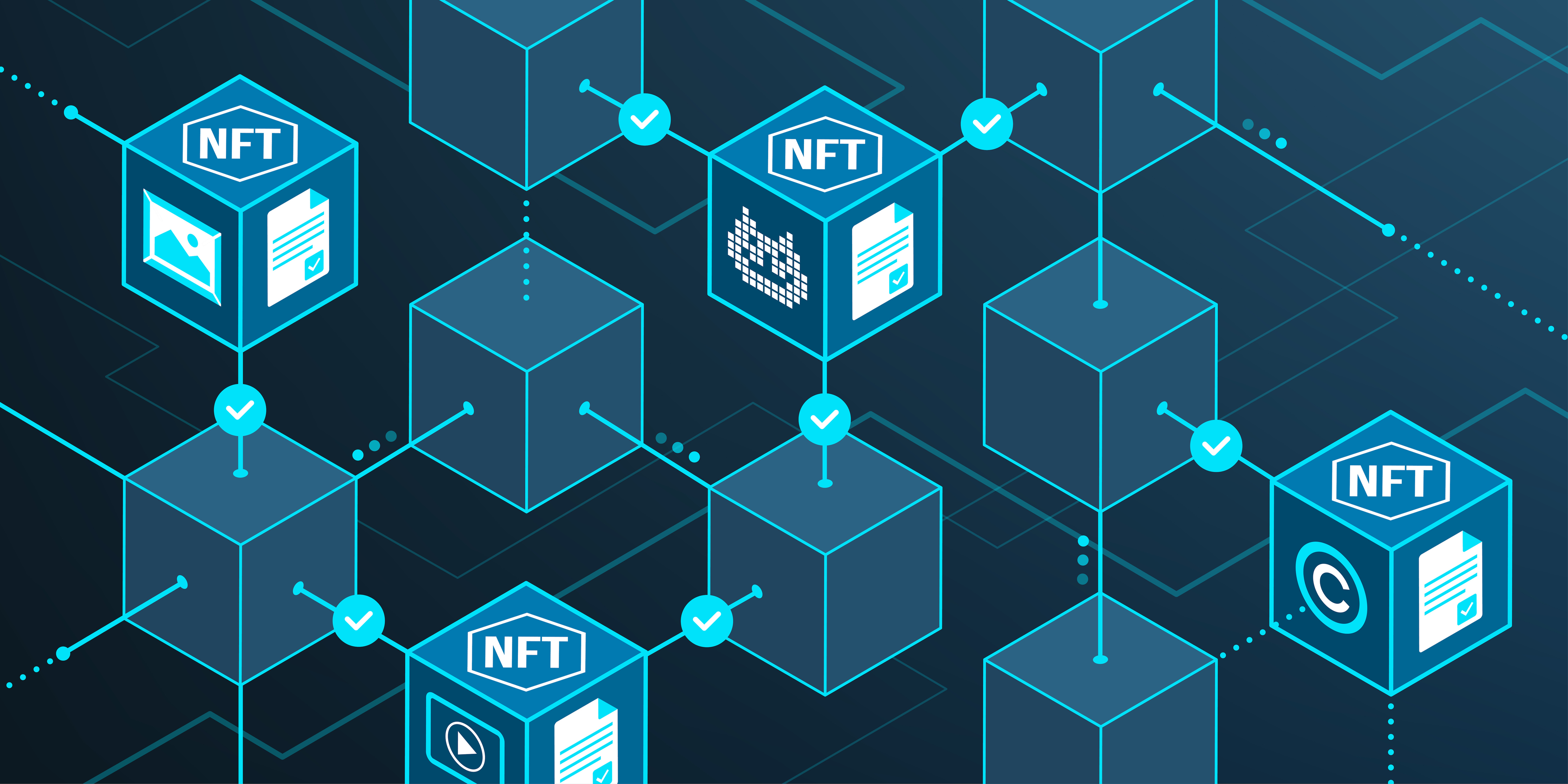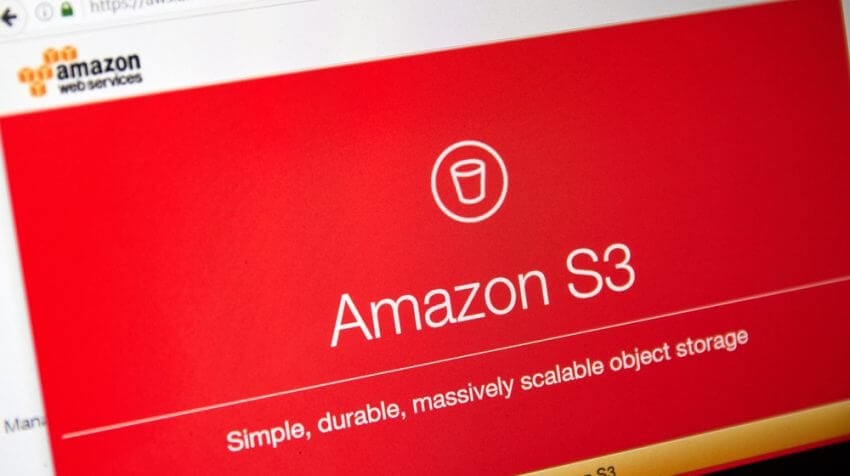NFTs are one of the fastest-growing sectors in the crypto industry. They are a rising type of technology called a non-fungible token. They are a unique digital asset bought and sold online using cryptocurrency and have been around since 2014
Here’s everything you need to know about this relatively new phenomenon.
What are NFTs?
A non-fungible token (NFT) is a unique token that links ownership to unique physical or digital goods. Fungible refers to a good that can be exchanged for another good or asset of equal value. Non-fungible, means that it can’t be exchanged for something of completely equal value.
These tokens are digital assets that exist on a record of transactions kept on networked computers, or blockchains. The most common NFT assets range from digital art, tweets, music and, videos to digital personal identity documentation.
How do NFTs work?
NFTs and cryptocurrencies rely on the same underlying Ethereum blockchain technology and are used to track ownership of NFTs. Ethereum is a cryptocurrency, but its blockchain also supports NFTs.
Blockchain allows artists to create and validate originals in a safe environment so that they can manage their assets without a middleman. The blockchain makes hacking difficult because every transaction is recorded across a huge, decentralized network of the ledger. The use of the blockchain is important as it reinforces the security of NFT ownership, purchases, and sales.
Where are non-fungible tokens stored?
When buying non-fungible assets, do you know where your digital good is hosted? Learning how to store NFT assets could be a much-needed practice to avoid theft or losing access to personal investments.
Most common ways to store NFTs
Software Wallet (MetaMask)
MetaMask is amongst the most popular crypto wallets and browser extensions and supports all Ethereum-based non-fungible tokens. Metamask allows you to view your tokens from within the wallet interface itself. It is password protected and secured with a 12-24 seed phrase. The downside is they’re easily accessible for experienced hackers.
InterPlanetary File System (Pinata)
The InterPlanetary File System (IPFS) is a decentralized protocol used for storing information, accessing information, websites, applications, and other data. This option uses an identification code (CID) linked to the content of your NFT. This type of data can’t be modified (unlike an URL, which can be changed anytime).
Cold Storage Hardware Wallet (Trezor, Ledger)
Hardware wallets are the most secure option for storing your NFTs. Digital assets added to a hardware wallet are stored offline and are password protected. You can also combine your hardware wallet with other online wallets like MetaMask.Ensuring your NFTs are kept in a secure location is important especially if you plan to hold your NFTs as collectibles and investments.
Subscribe to the ColoHouse blog and follow us on our social media platforms to stay updated about best practices in the world of Non-Fungible Tokens (NFTs).














